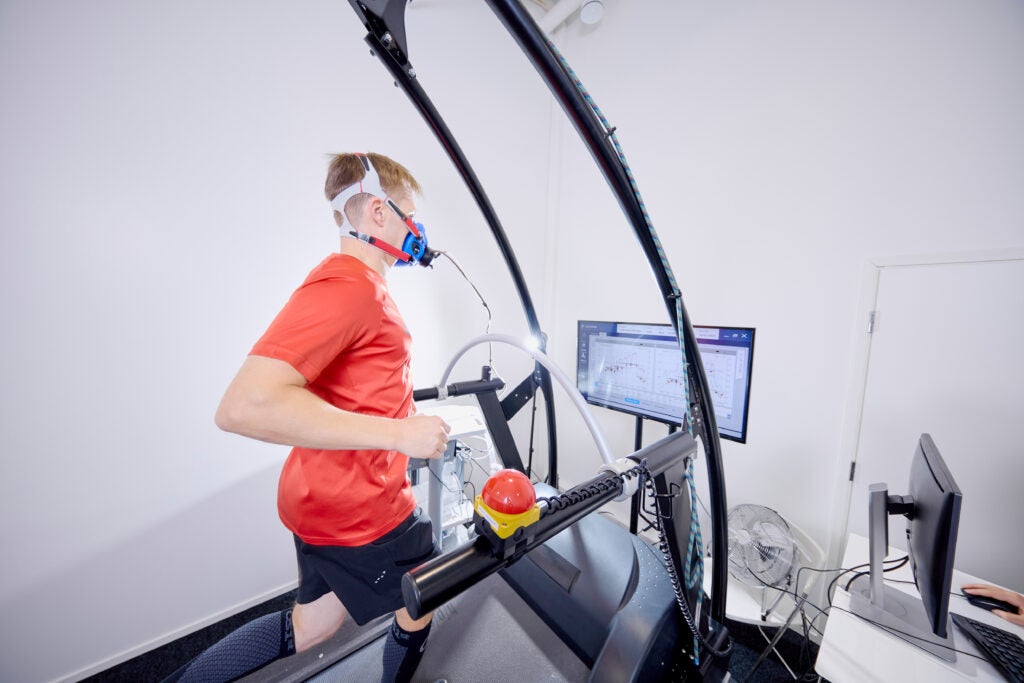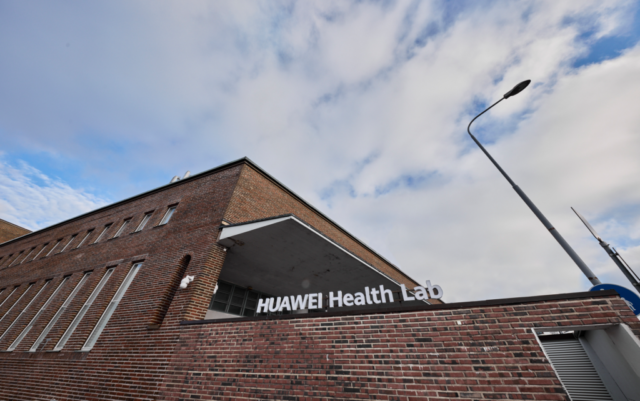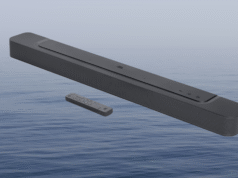With a decade of research and development under its belt in the wearable space, Huawei has already proven to be one of the industry’s key innovators.
And after building major sports and health science laboratories in Xi’An and Songshan Lakes (Dongguan), the company’s new Helsinki Health Lab is the latest facility designed to help deliver the future of health and fitness tracking.
Cutting-edge technology, testing equipment, and a dedicated group of researchers are at the heart of Huawei’s hopes for driving innovation to its latest smartwatches and trackers, though the Health Lab also acts as a hub for the company to collaborate with academic institutions from across Europe.
Here, we’ll be detailing exactly which areas the Finland laboratory is focused on, the breakthroughs that are occurring, and how they’re helping improve Huawei’s smart wearables.

The testing behind the scenes
At the Helsinki Health Lab, there are three key players driving forward the research and development.
The first of these is an in-house team of six scientific doctors and 20 experts operating in the fields of software engineering, software testing, artificial intelligence, machine learning, and physiology. Then, there are the participants themselves – ranging from novice to Olympic-level athletes and giving Huawei a broad range of data to analyse and develop into its technology.
Where the magic happens, though, is when these two groups tap into the data captured on the major testing stations – ones that are able to simulate over 20 sports modes.
The lab’s counter-current pool, as an example, is able to deliver controlled flow rates, water temperatures, and water quality, allowing swimmers to gather precise and consistent data without the limitations of a typical pool. In these tests, the swimmers wear a K5 metabolic mask that tracks their maximum oxygen intake, with their cardiorespiratory endurance also analysed.

Swimming isn’t the only major profile being developed in Huawei’s research to help refine the accuracy of its sports tracking, either.
With the instrumented treadmill, plantar pressure can be developed into a 3D model that accurately visualises a runner or walker’s posture in order to inform injury prevention or rehabilitation.
Using the large, multi-functional treadmill, various conditions and terrains can also be replicated to help stress-test Huawei’s algorithms and wearables – with GPX data even able to be synced up with the station.
This means templates in mountainous regions, as well as plains and hills, can be tested by researchers, with some experiments even including skateboards and wheelchairs.
Skiing is also a major focus in the Helsinki laboratory – and Huawei is bolstering its on-wrist algorithms by using its on-site simulator.
Here, researchers are able to monitor and adjust ‘downhill’ speed through the control of inclines, interactive routes, and poles, with the skier’s position, forces, carving angles, and speed all automatically logged through the simulator’s built-in sensors.

Bringing innovation to the wrist
For all the investment and R&D taking place behind the scenes at the Huawei Health Lab in Helsinki, the major beneficiaries are the users of the company’s smart wearables.
In fact, some of this work is already bearing fruit, with innovations relating to fitness assessments, VO2 Max, and calorie estimates all making their way onto the new HUAWEI WATCH GT 4.
The development of Huawei’s proprietary TruSports™ first began at the Helsinki Research Institute six years ago, and is now a fully-fledged scientific sports management system available on the wrist that helps users manage their training with supreme accuracy.
Measuring seven key indicators – maximum oxygen intake, calorie burn, training load, recovery time, performance prediction, and aerobic/anaerobic training pressure – the system is able to quantify a user’s running ability, as well as record and analyse training data and provide personalised suggestions for upcoming workouts and plans.

TruSports™ isn’t the only innovation born from Huawei’s research in Finland, either, with its proprietary VO2 Max algorithm also being developed here. In fact, in the current Helsinki lab, the HUAWEI WATCH GT 4 is the device used to evaluate maximum oxygen volume during experiments and research.
Following considerable investment and partnerships with European universities and institutions, the company’s data accuracy on smart wearable devices is moving towards equalling that of professional equipment.
In more general fitness tracking, the integration of Huawei’s AI algorithms and cross-validation from different regions across the globe has also furthered the development of the Stay Fit calorie tracker.
Made possible by the latest TruSeen™ 5.5+ heart rate monitor, the accuracy of caloric detection has increased to a level that’s 24% higher than what the industry’s mainstream algorithms are capable of. This data is then also fed into the Huawei smart wearable’s Activity Rings.
Shaping the future with partnerships
Huawei may be busy in the Helsinki Health Lab furthering its own smart wearable algorithms and accuracy, but that doesn’t mean research is confined to its own team; it’s currently involved in a number of initiatives and projects across Europe to help develop the future of the industry for the greater good.
A key part of this, of course, is helping develop insights into health issues, with Huawei currently involved in several cardiovascular-related initiatives across the continent.
One of these sees the company partner up with the Polytechnic University of Milan to help further develop ECG technology’s ability to detect cardiovascular disease, while another is assessing the application of Huawei’s wearable devices in managing stroke patients.
Early detection of hyperglycaemia is even being researched with the company’s help.
Meanwhile, one of the newest partnerships is with iCARE4CVD, which is part of the EU’s Innovative Health Program. This initiative is focused on improving screening and disease management in patients with the help of AI algorithms and smart wearables, with Huawei the only wearable manufacturer on board.
Huawei’s role in shaping the future of the wearable space isn’t limited to health conditions, either, with accessibility also among the list of research priorities.

This not only includes understanding and resolving the lack of inclusivity in sports modes for those with disabilities, but also researching specific details regarding exercise volume indicators, exercise distance, calorie consumption, and more.
New alternatives for features designed for able-bodied users – such as sedentary reminders and activity rings – are also a focus of Huawei’s continued research in the area, with the company seeking research cooperation from both disabled subjects and universities in the future.
By tackling the industry’s most pressing accessibility and health-related issues, combined with the continued level of commitment to research and development, it’s clear that Huawei is on the front line of wearable innovation – with the Helsinki Health Lab an integral part of realising its ambitions.











